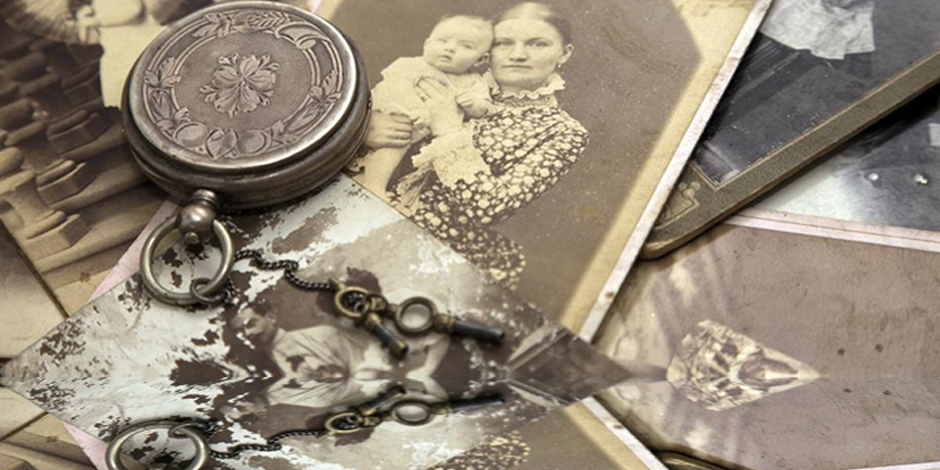Project Description
I grew up hearing stories about a great-great-grandmother who immigrated from Switzerland to the U.S. by way of New Orleans. According to stories, she was a linguist who spoke four or five languages fluently, an accomplished seamstress, and a medium. (My siblings and I loved the idea of a New Orleans fortune-teller in the family tree.) Stories we heard suggested that she was a strong and talented woman who worked hard and lived life well. But it turns out that the stories, having filtered out race, allowed us to miss understanding how she came to identify as white and work to affirm white privilege. What I learned, described below, is developed in much more detail in an article I published in Race Ethnicity & Education in 2011 (volume 14, issue #3), and uses tools in this blog, starting with the Context Questions Framework.
My great-great grandmother was probably born in Switzerland around 1832, although census records also mention France and Germany. She and my great-great grandfather, born in France, immigrated to the U.S. during the 1850s, arriving in New Orleans, then relocating to Vicksburg, Mississippi. She was a dressmaker and hat-maker, he was a miller. Very likely, they were recruited from Europe. R. M. Miller explains in a 1981 article “The Fabric of Control”, published in The Business History Review (volume 55, issue 4), that as the Southern cotton industry expanded, slaves were massively relocated from working in mills to the fields, so mill owners began to import workers from Europe, playing European immigrants and slaves off each other to keep immigrants’ wages down.
When my great-great grandparents arrived in the U.S., although initially they would have identified as French or Swiss rather than as white, they entered a context in which everyone was legally classified by race. The census categories were white, free black, free mulatto, or slave. There were no alternatives. About one-third of the population of Vicksburg were enslaved Blacks. Being classified as white conferred full access to the job market, and legal privileges and rights that free Blacks did not have. But my great-great grandmother’s status as white may not have gone unquestioned. According to a description on her 1871 passport application, I learned that she had a dark complexion. Hmm. She may well have learned to assert her status as white. I know that my great-great grandparents came to identify with the Confederacy, since they have their fourth child, born in 1864, the middle name “Jefferson Davis” (a hero to whites in Vicksburg). It is likely they identified with it because ending slavery might end racialized advantages they were using.
In the economic chaos that followed the Civil War, my great-great grandmother continued to claim and use any advantage she could for economic advancement. By Googling her name, I learned that in1868, less than a year after Mississippi passed law enabling bankruptcies, she filed for bankruptcy, claiming that 22 women clients in cities ranging from Vicksburg and Natchez, Mississippi to Richmond, Louisiana owed her the equivalent of $38,500 in 2007 dollars. She was one of a handful of women to immediately make use of this new law.
The family moved to San Francisco sometime during the 1870s, showing up there with a Chinese servant in the 1880 Census, and minus my great-great grandfather who had likely died. They probably left Mississippi because of its ongoing economic chaos, coupled with stories about riches in California. They were aided by completion of transcontinental railroads. But in San Francisco, they countered another racialized conflict over scarce jobs. Completion of the railroads threw Chinese laborers out of work. San Francisco’s population swelled between 1860 and 1900 as people flock in looking for work. While whites were usually more than 90% of the population, in 1880, their proportion dropped to 90.0%, and the Chinese population reached 9.%. As competition for too few jobs fueled tension between whites and Chinese, whites used their power to greatly restrict rights of Chinese people. For example, in 1879, a state-wide referendum was passed overwhelmingly to amend the state constitution to prohibit public entities from employing Chinese. Stories circulated about young white women losing their jobs and turning to prostitution to survive.
In 1882 (the same year the U.S. Congress passed the Chinese Exclusion Act), my great-great grandmother and six other white women filed articles of incorporation to establish the Woman’s Protective League of California. According to an article in the July 5, 1882 issue of the Sacramento Bee newspaper (which one my sisters located by Googling our great-great grandmother), the League’s goals were mainly to help young women gain employment, property, education and work training, and fair wages. In pursuit of these goals, part of its mission was “to discourage the employment of Chinese in any capacity whatever by the people of this State.” By specifically seeking to exclude Chinese from employment, the organization promulgated whiteness as a prerequisite for employment and ownership of property. (I assume my great-great grandmother fired her Chinese servant.) But although she learned to claim whiteness as salient to her identity, she apparently did not relinquish her Swiss-French identity, since the family story holds that when her grown daughters used to visit her, all spoke French.
Why did this woman from whom I descend become an anti-Chinese activist? I suspect her husband’s experiences in the cotton mill industry taught her about advantages of being classified as white in a racist society, and that her own experiences as a dark-complexioned professional dressmaker taught her to assert a white identity in order not to be confused with free mulattos. She had come to the U.S. to prosper in business rather than to transform society, so even if she questioned the moral basis of racism, she would have seen acting against it as being against her self-interest.
This reinterpreted story makes me reflect on the work of teacher educators trying to prompt teacher candidates to examine themselves as culturally and historically located beings. A good thing to do, I believe. But like the story of my great-great-grandmother, when ancestors’ lives are interpreted within comfortable national narratives that air-brush out the construction of race and racism, students readily interpreted their lives within the narrative of people living in an open system, pulling themselves up by the bootstraps.
We cannot revise history, but we can learn from it. In order to do so, however, we need to situate historic events within a context of power relationships. The methodology of critical family history, described and illustrated here, offers a tool for doing so.
Posted by Christine Sleeter Friday, June 28, 2013
This piece was reprinted by EmpathyEducates with permission or license. It may not be reproduced in any form without permission or license from the source. We thank the Author, Christine E. Sleeter, Ph.D. and Family and History











